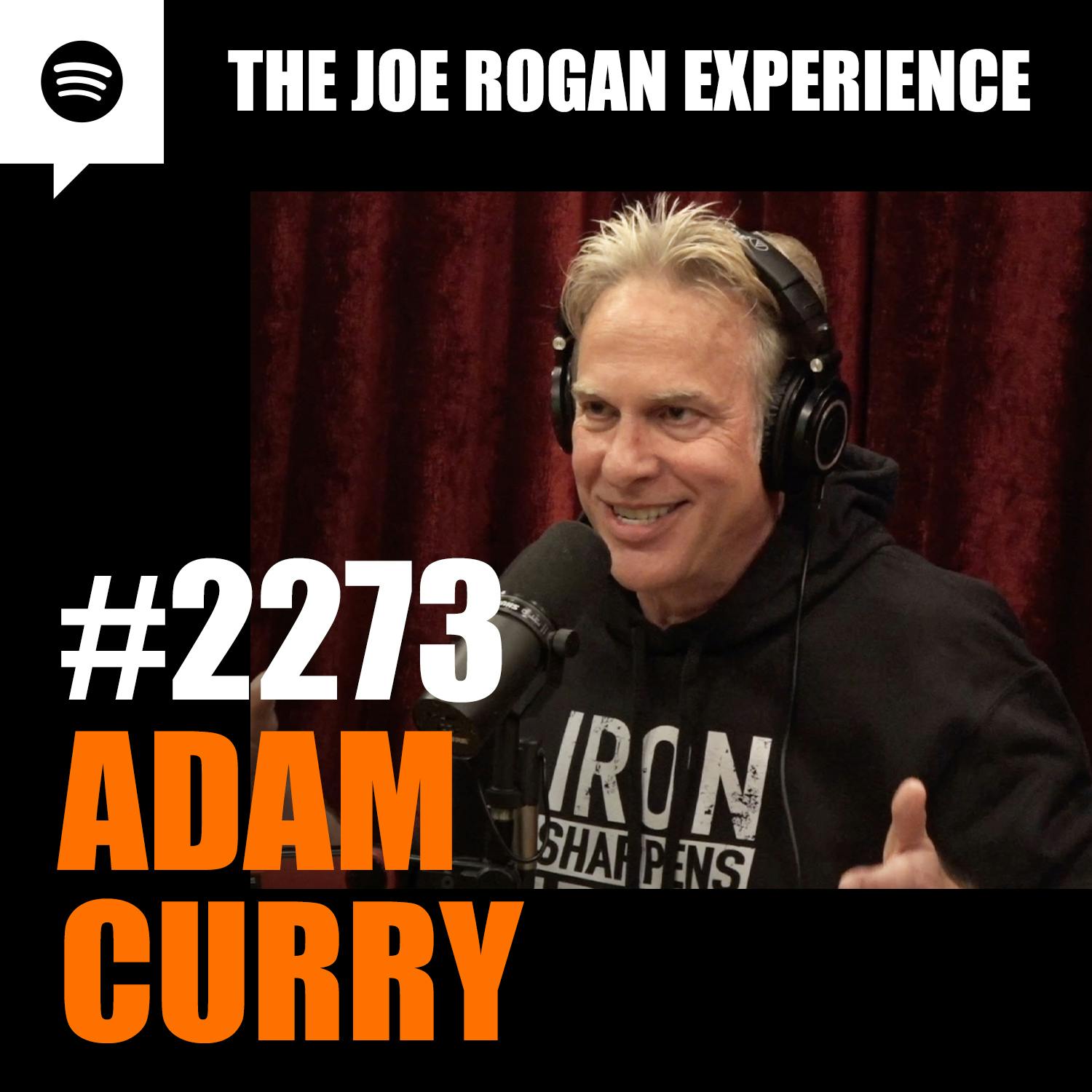
June 20, 2024 • 1hr 40min
#2167 - Noland Arbaugh
The Joe Rogan Experience

Key Takeaways
- Noland Arbaugh is the first human recipient of Neuralink's brain-computer interface implant, allowing him to control digital devices with his thoughts.
- The Neuralink implant has faced some challenges, like the brain's threads retracting over time, but the technology is rapidly advancing.
- Noland is able to control a cursor, play video games, and even spell words using sign language through the Neuralink implant.
- There are concerns about the potential for hacking and misuse of this technology, but Noland remains optimistic about its ability to help people with disabilities.
- The future of brain-computer interfaces could lead to radical changes, including the possibility of eliminating deception and enhancing human-to-human communication.
Introduction
Joe Rogan welcomes Noland Arbaugh, the first human recipient of Neuralink's brain-computer interface implant. Noland shares his experience with this pioneering technology, which allows him to control digital devices using only his thoughts. The discussion covers the technical details of the Neuralink implant, the challenges faced during the trial, and Noland's perspective on the potential future implications of this transformative innovation.
Topics Discussed
The Neuralink Implant (9:48)
- The Neuralink implant is about the size of a quarter and is surgically implanted on Noland's skull.
- It has 64 threads with 16 electrodes each, which are designed to pick up on neural signals in the motor cortex.
- Over the course of the trial, many of the threads retracted from Noland's brain, which the Neuralink team believes is due to the brain moving more than expected.
- Despite this challenge, the Neuralink team was able to improve Noland's cursor control and other capabilities through software updates.
Controlling Devices with Thoughts (10:01)
- Noland can control a cursor on a computer screen by attempting to move his hand or other body parts, as the Neuralink algorithm learns to translate those intentions.
- He has also been able to spell words using sign language, with the Neuralink system recognizing the hand movements.
- Noland is excited about the potential to control video games, with the ability to think a command rather than using physical controllers.
- The Neuralink team is exploring ways to map more complex motor functions, like sign language, to allow for more advanced communication and control.
Potential for Restoring Movement (17:20)
- Noland is hopeful that Neuralink's technology could eventually help restore movement for those with spinal cord injuries or paralysis.
- The Neuralink team has already demonstrated the ability to control a pig's limbs by implanting electrodes in the brain and spinal cord.
- Noland acknowledges that his own body has significant atrophy and damage from being a quadriplegic, so restoring full function may be challenging.
- However, he remains optimistic that Neuralink's work could dramatically improve the lives of those with disabilities in the coming years and decades.
Ethical Concerns and Implications (24:13)
- Noland is aware of the potential for the Neuralink technology to be hacked or misused, but he is not overly concerned about it at this stage.
- Joe expresses worries about the broader implications of brain-computer interfaces, including the possibility of eliminating deception and enhancing human-to-human communication.
- Noland acknowledges these concerns but maintains his focus on the potential to help people with disabilities, rather than speculating too much on the long-term societal impacts.
- Both agree that the pace of technological progress is accelerating rapidly, and that the future implications are difficult to predict with certainty.
Noland's Perspective and Motivations (25:36)
- Noland describes how becoming a quadriplegic led to a radical shift in his perspective and priorities.
- He spent years reflecting on his past mistakes and shortcomings, and developed a more selfless and service-oriented mindset.
- Noland sees his participation in the Neuralink trial as an opportunity to help advance a technology that could dramatically improve the lives of others with disabilities.
- Despite being the first human recipient, Noland does not view himself as a trailblazer or pioneer, but rather as someone who is simply trying to do what he can to make a positive impact.
Conclusion
The discussion with Noland Arbaugh provides a fascinating glimpse into the current state and future potential of brain-computer interface technology through the lens of the first human recipient of Neuralink's implant. While there are valid concerns about the ethical implications and risks of such advanced technology, Noland's perspective remains focused on the ability of these innovations to restore mobility and independence for those with disabilities.
The rapid pace of progress in this field suggests that brain-computer interfaces could lead to radical changes in how humans interact with technology and with each other. As the technology continues to evolve, the need for thoughtful regulation and public discourse will be critical to ensure these powerful tools are developed and deployed responsibly. Noland's openness to sharing his experience offers a valuable window into this transformative frontier of science and technology.









